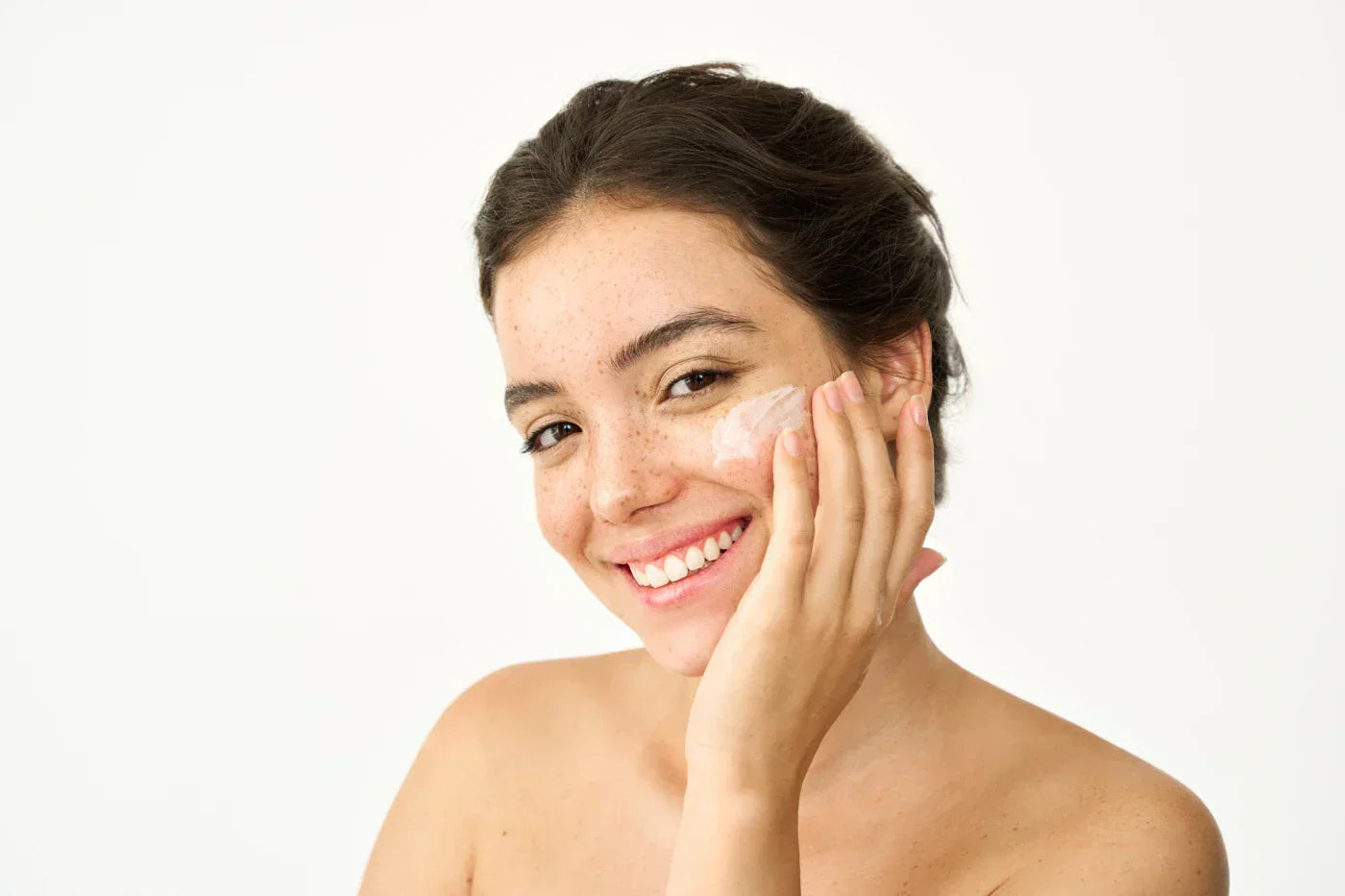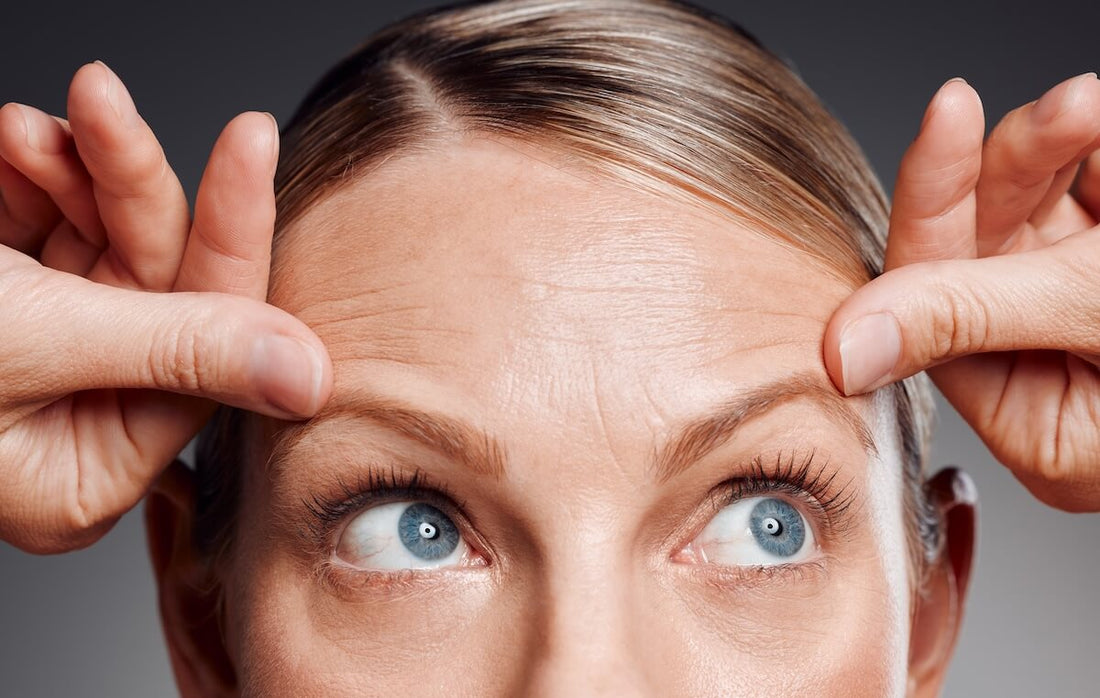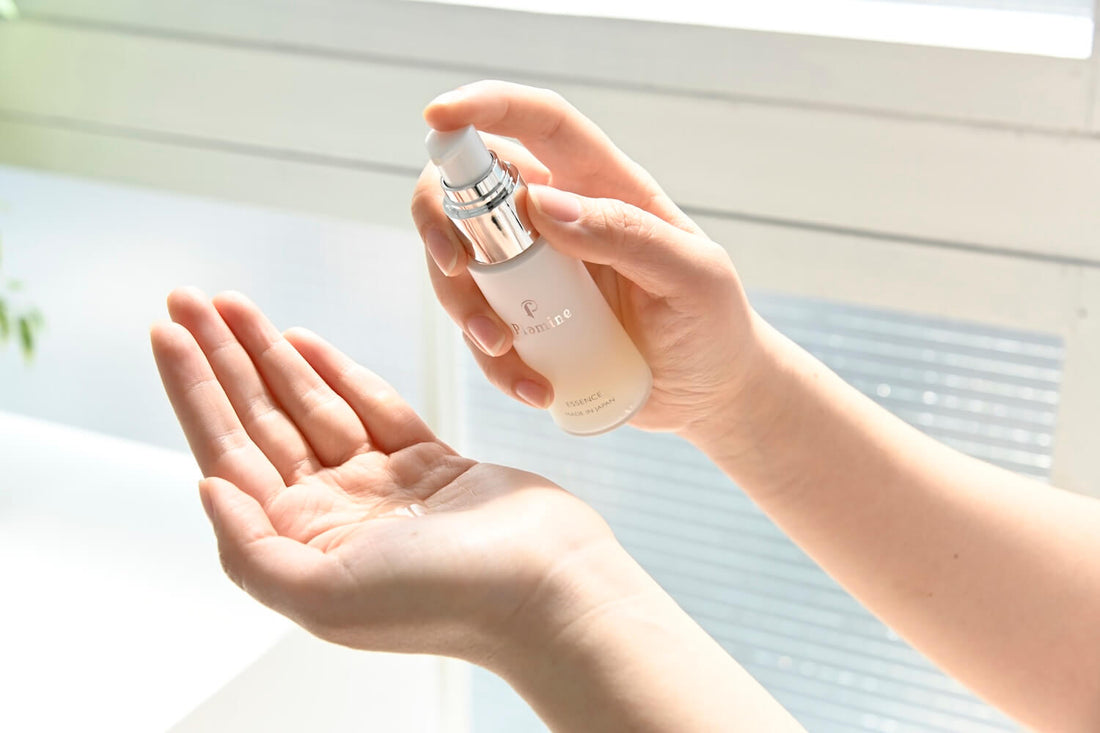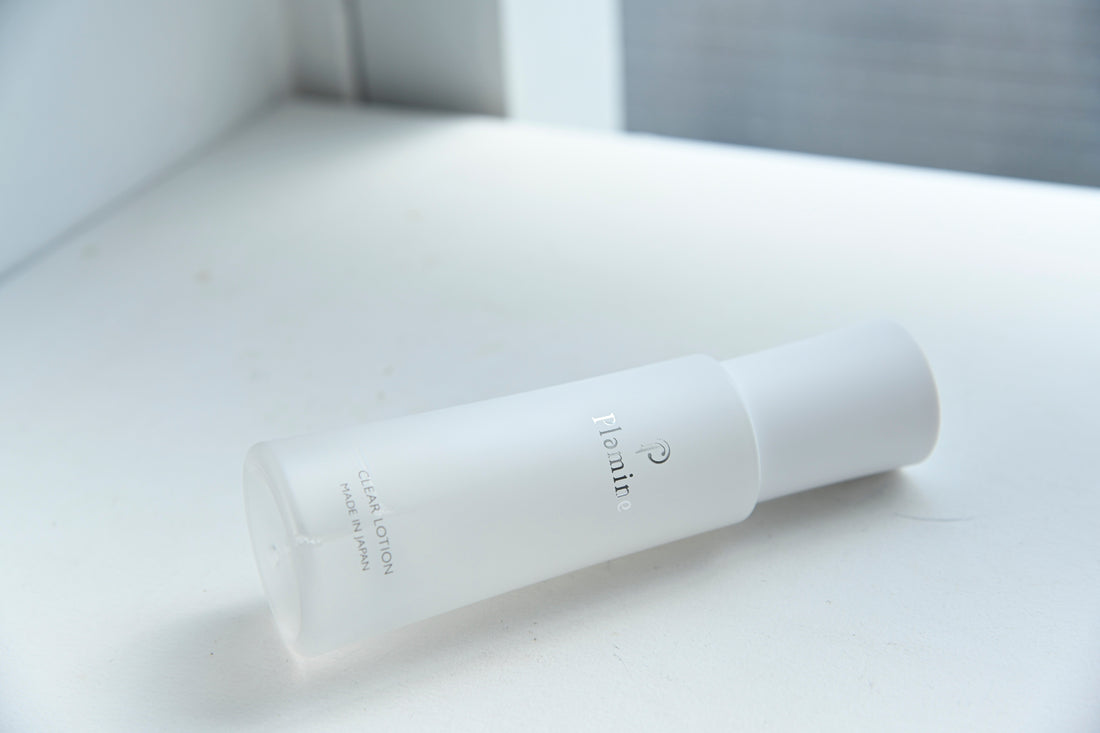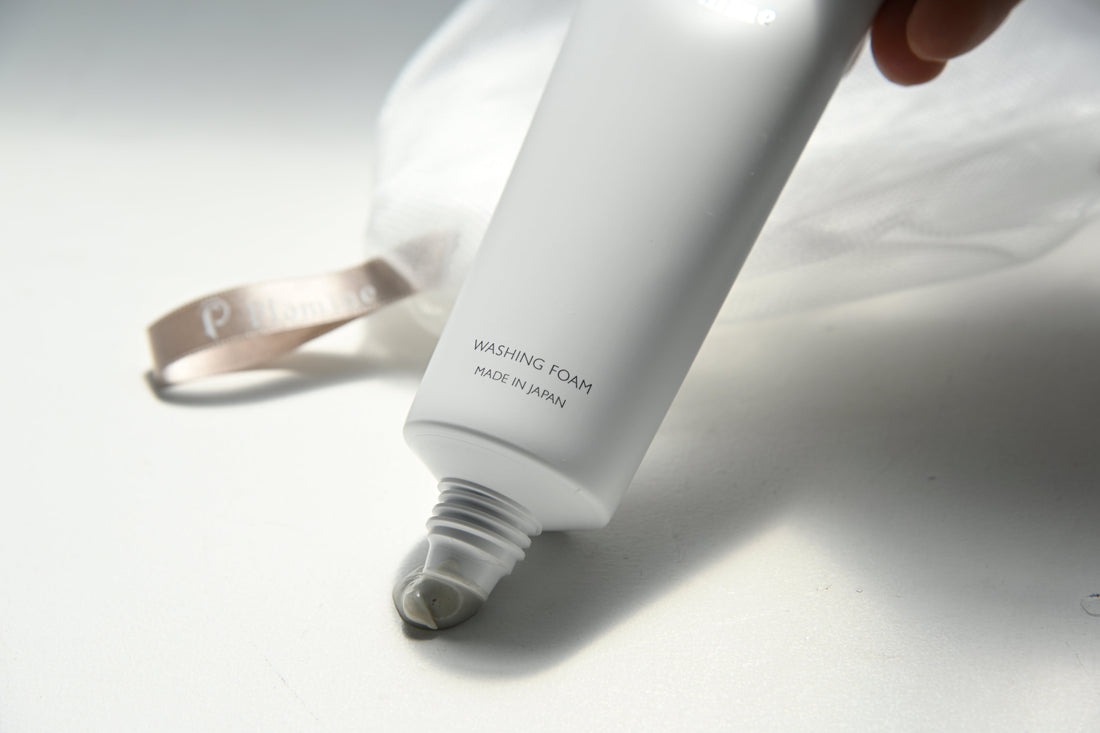Beauty Blog
Blackheads and Comedones – How to Get Rid of Them Effectively
Problematic skin is not only a concern for teenagers – many adults also struggle with various aesthetic skin imperfections.
Learn moreSkin Aging - Main Causes and Prevention Methods
Skin aging is a natural physiological process. It cannot be avoided, but it can be slowed down. To achieve the maximum effect from skincare product...
Learn moreFacial Skin Cleansing
The right approach to facial cleansing is essential for maintaining healthy, beautiful, and youthful skin. Every day, your skin is exposed to makeu...
Learn moreSkin Types: How to Determine Your Skin Type
The skin is the largest organ of the human body, and its condition is visible to the naked eye. For this reason, it is essential to care for it at...
Learn moreWhat Does Healthy Skin Look Like? Characteristics, Care, and Professional Tips for Beautiful Facial Skin
Introduction: Why Is Healthy Skin So Desired? In today’s world, where appearance is increasingly important, many people wonder: what does healthy s...
Learn moreSkin Regeneration: Up to What Age Can Skin Recover?
Up to what age can skin recover? Learn how skin changes in different life stages, how long its regenerative capacity lasts, and which skincare is i...
Learn morePlamine Essence Serum: ideal support for cosmetic treatments!
Plamine Essence Serum is an innovative skincare formula from Japan that combines highly effective antioxidants with deep moisturisation.It has been...
Learn morePlamine Clear Lotion: restores the skin's natural pH balance!
The Plamine Clear Lotion restores the skin's natural pH balance after cleansing, optimally preparing it for subsequent skincare products. It refine...
Learn morePlamine Washing Foam: for a fresh, clear complexion!
Plamine Washing Foam is a light yet effective cleansing foam that thoroughly removes impurities, clears pores and balances the skin. Its gentle, th...
Learn more

